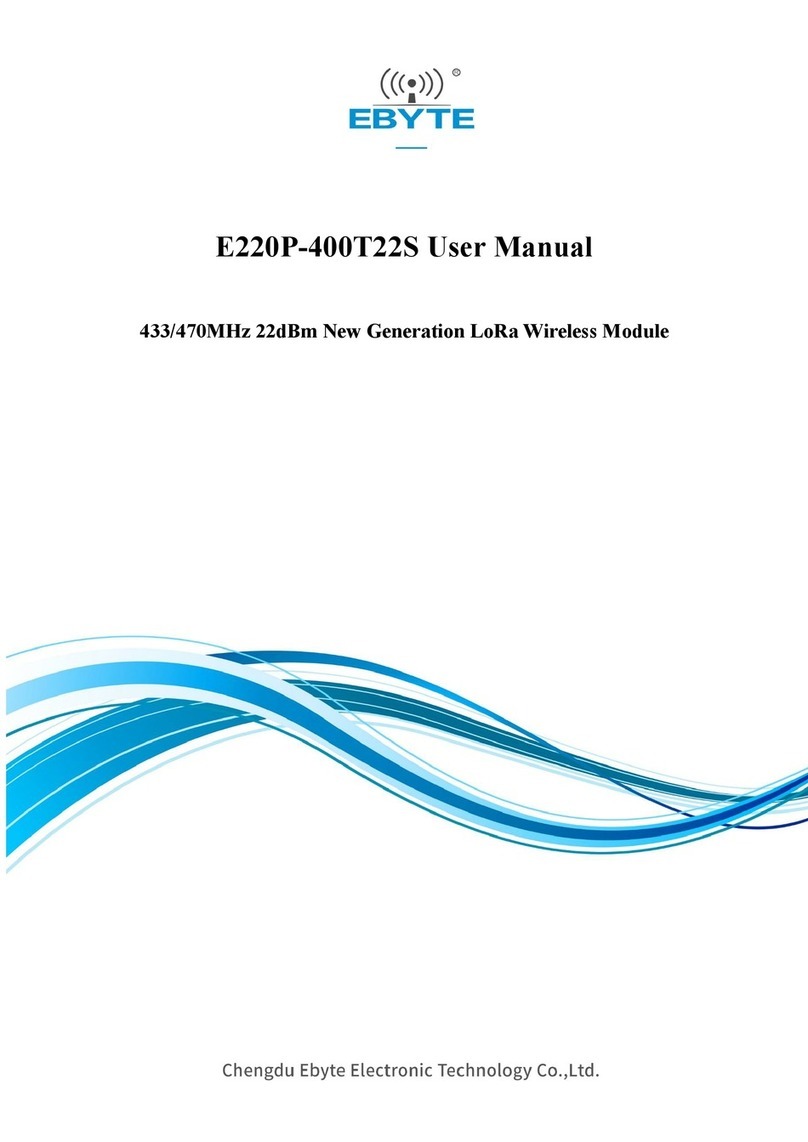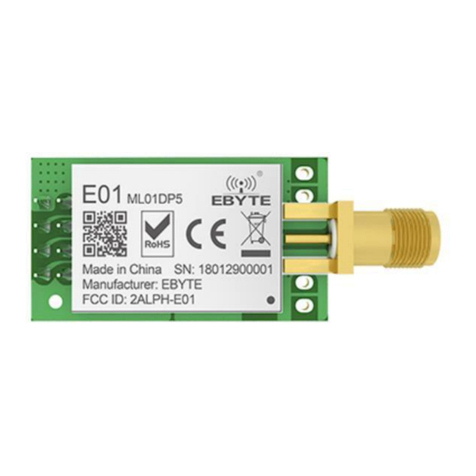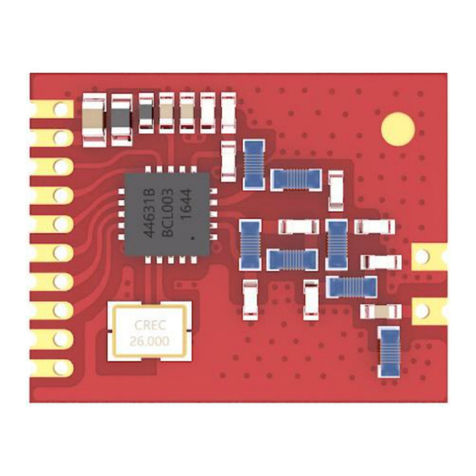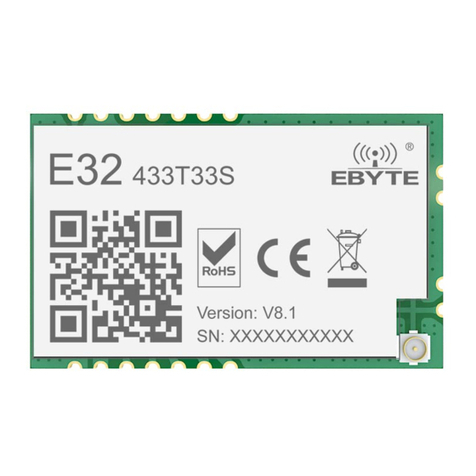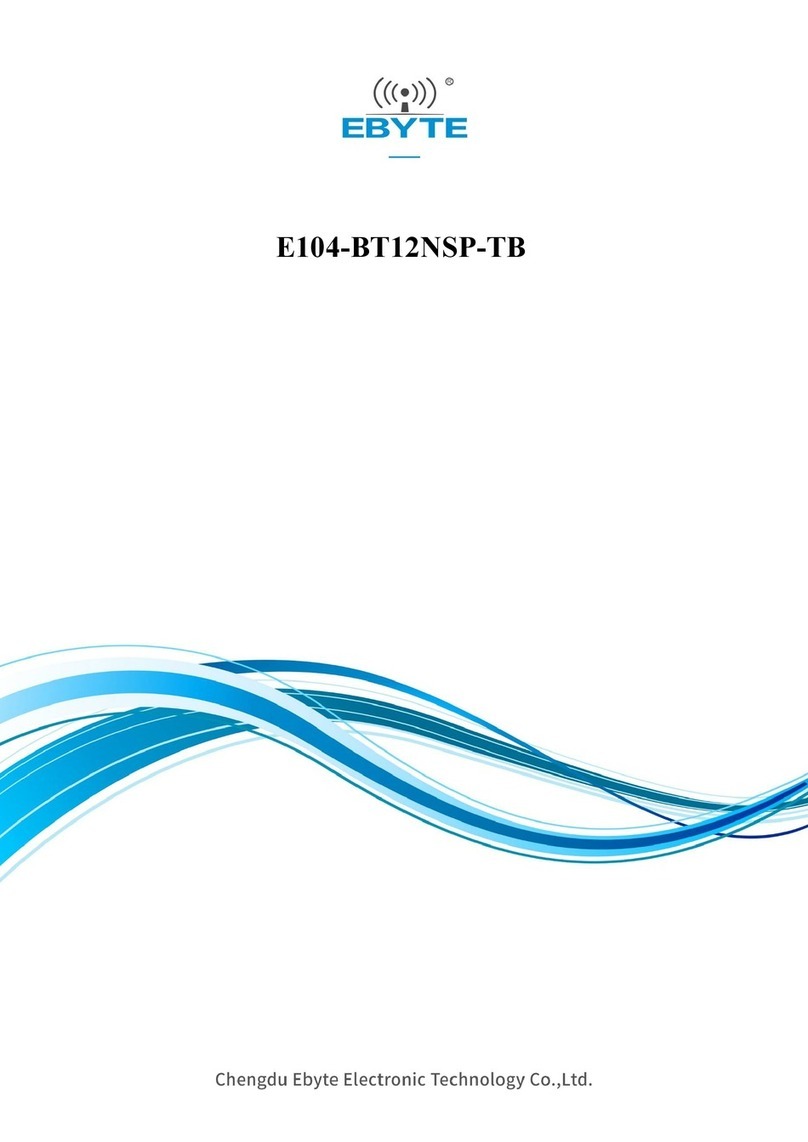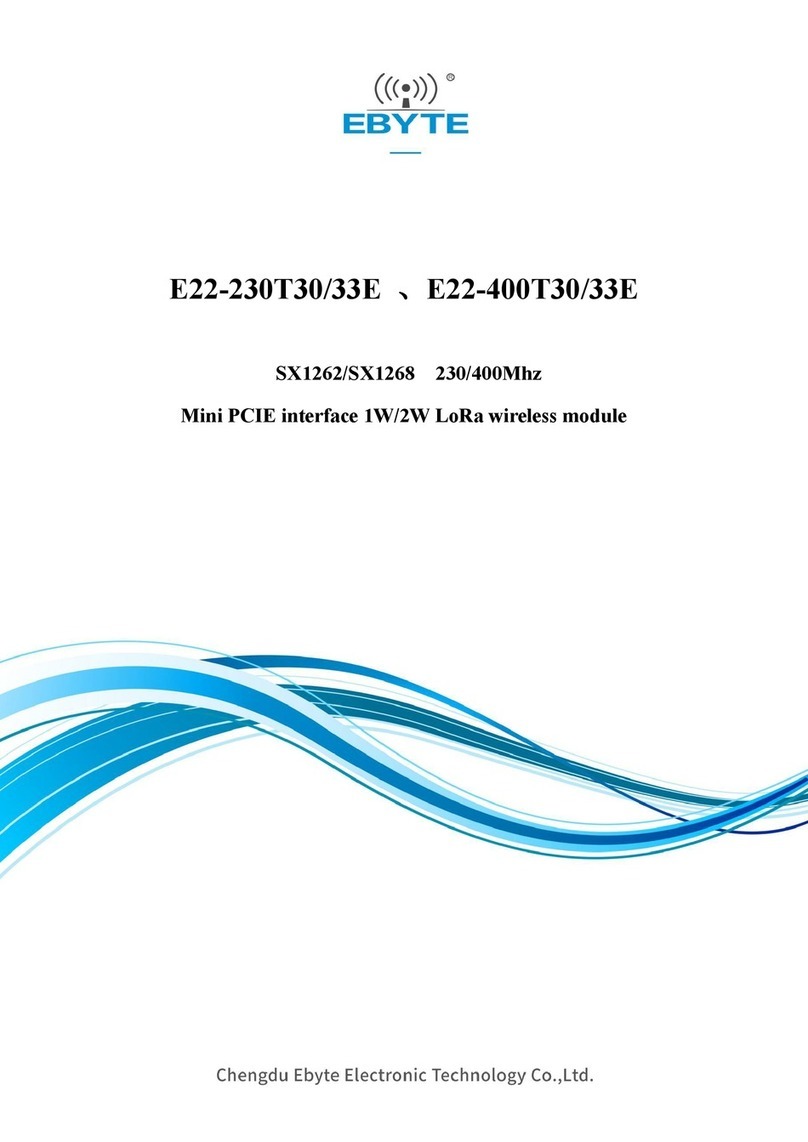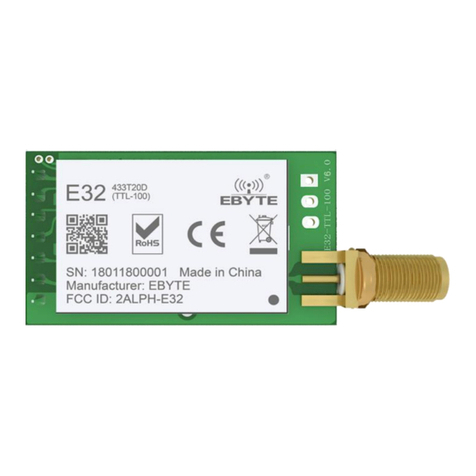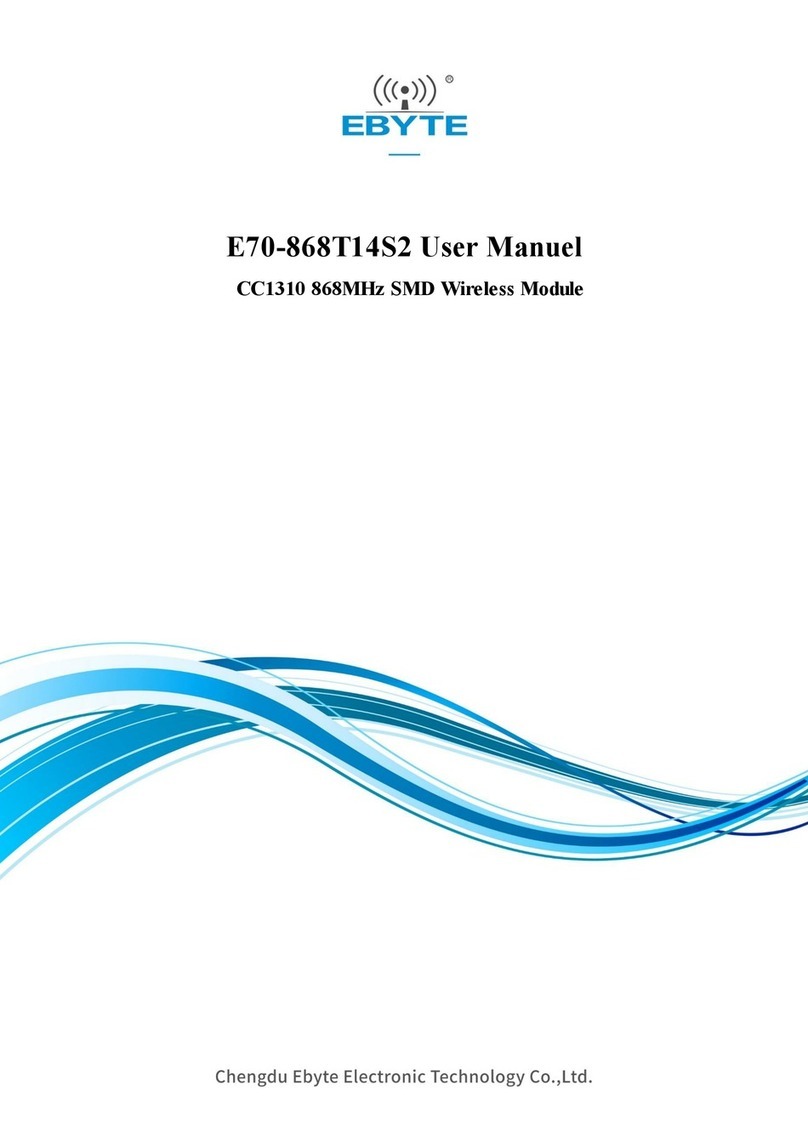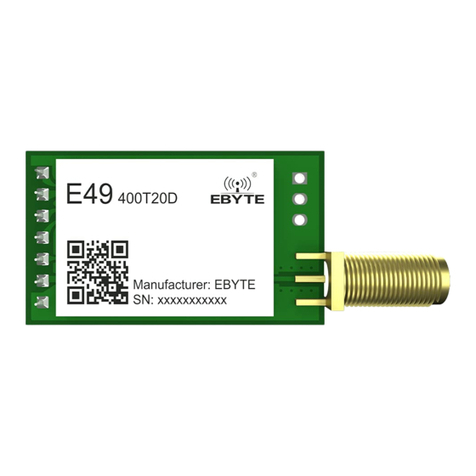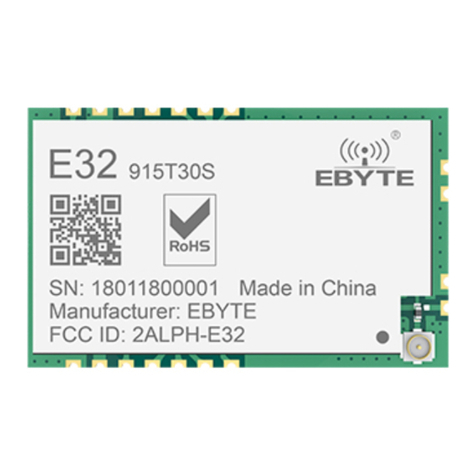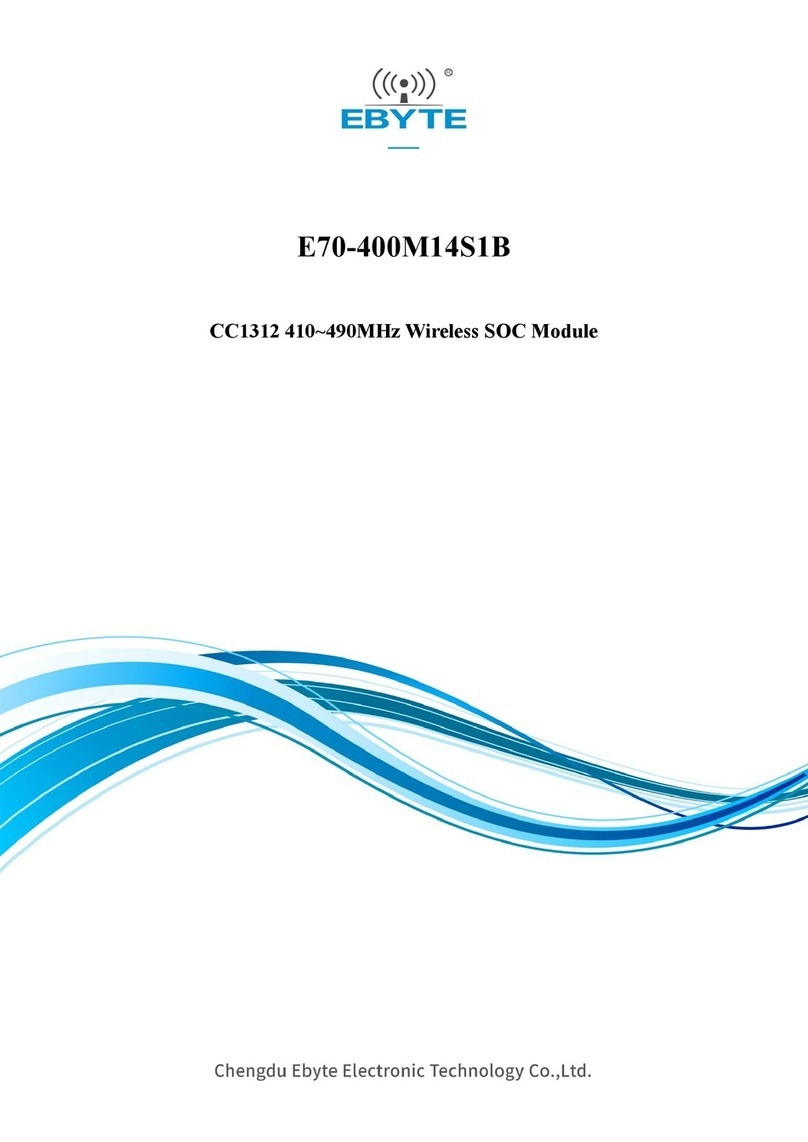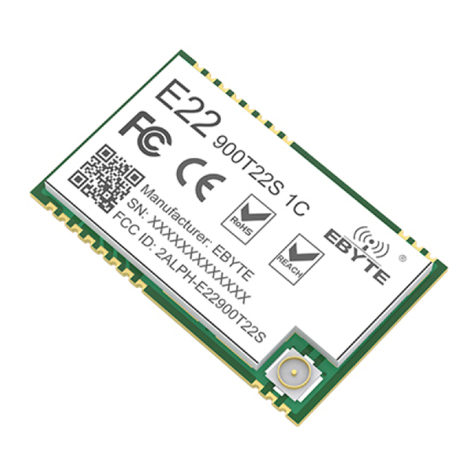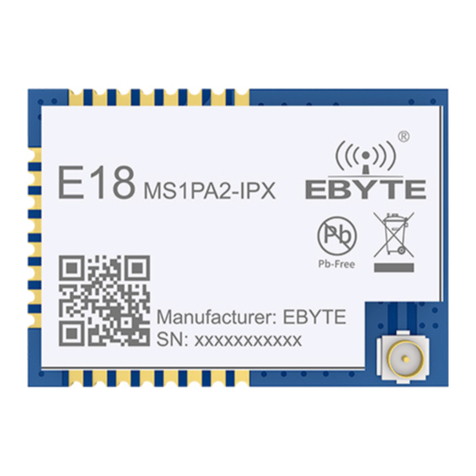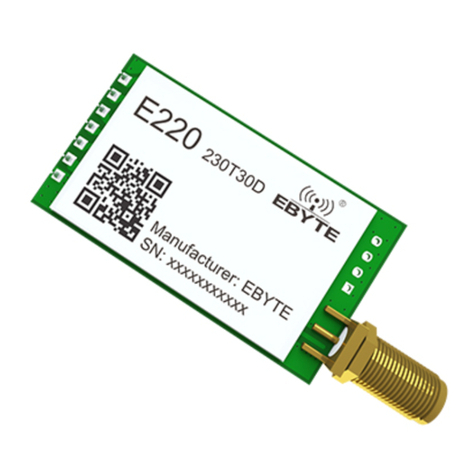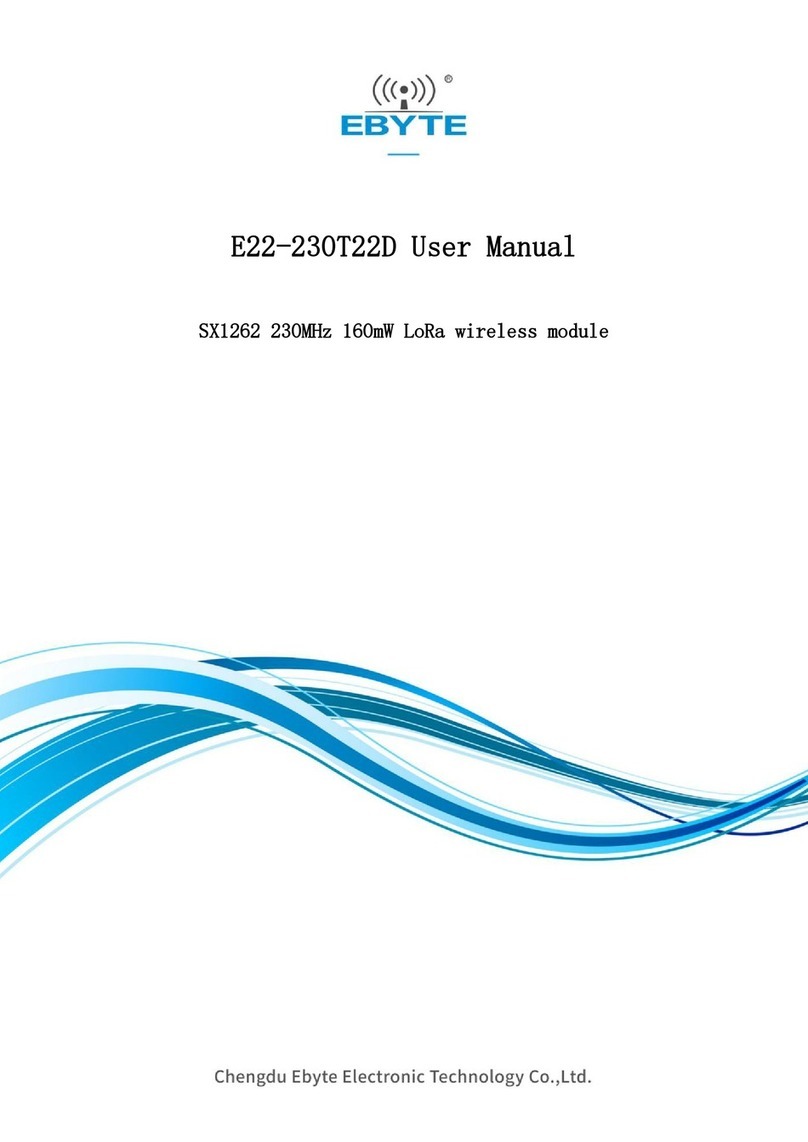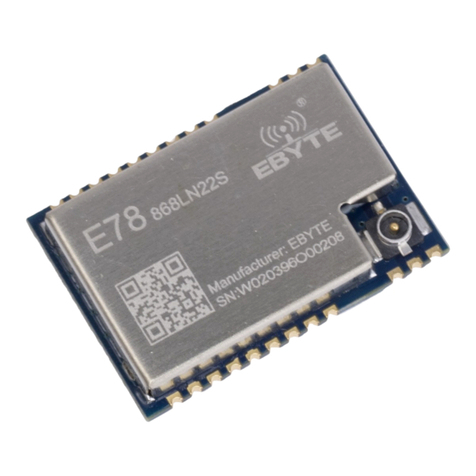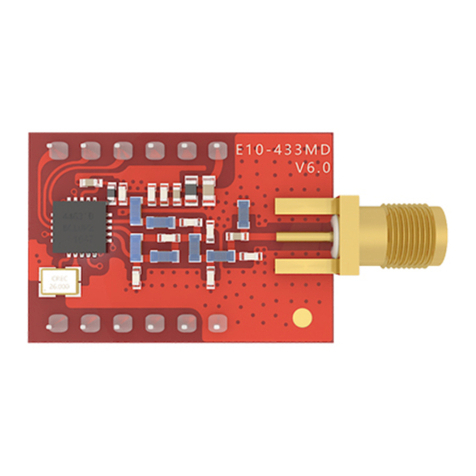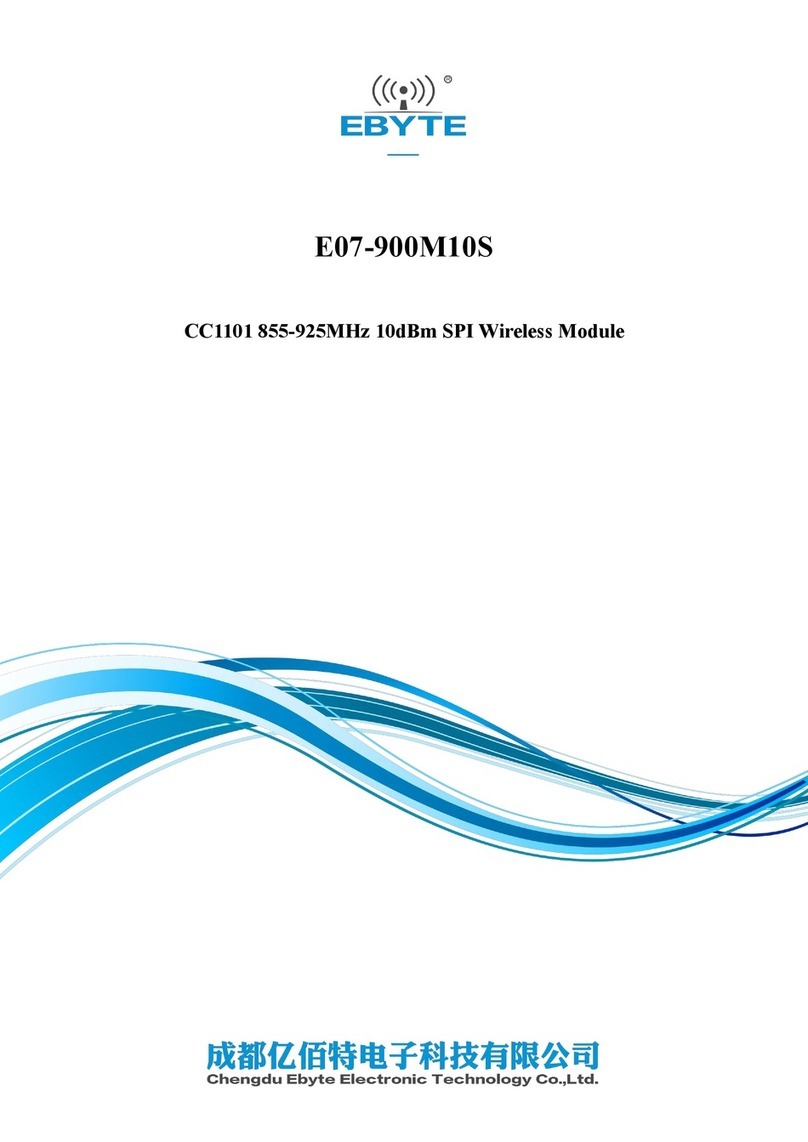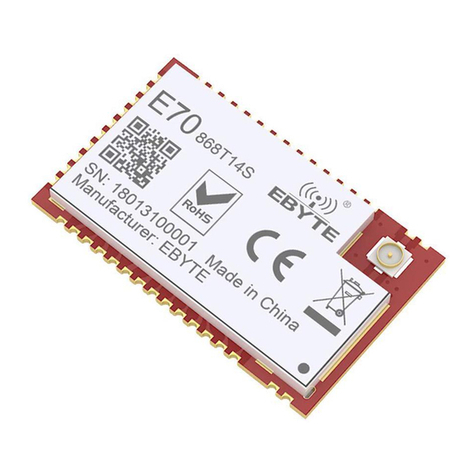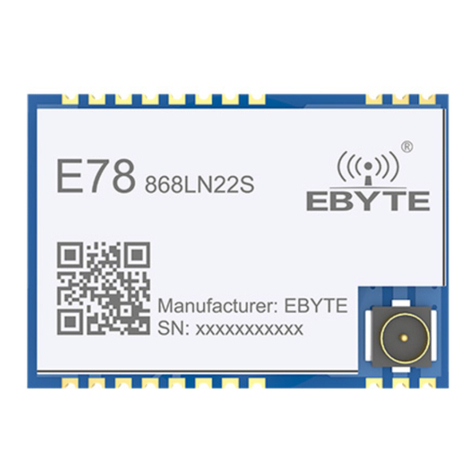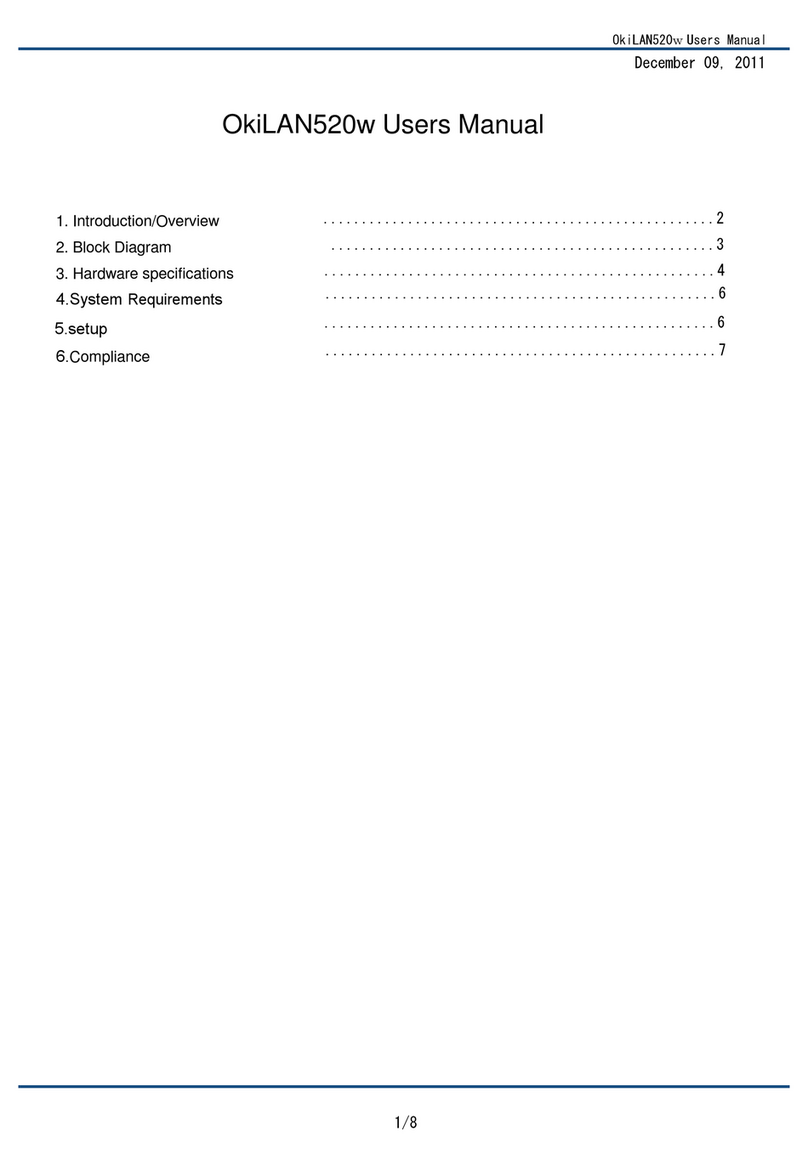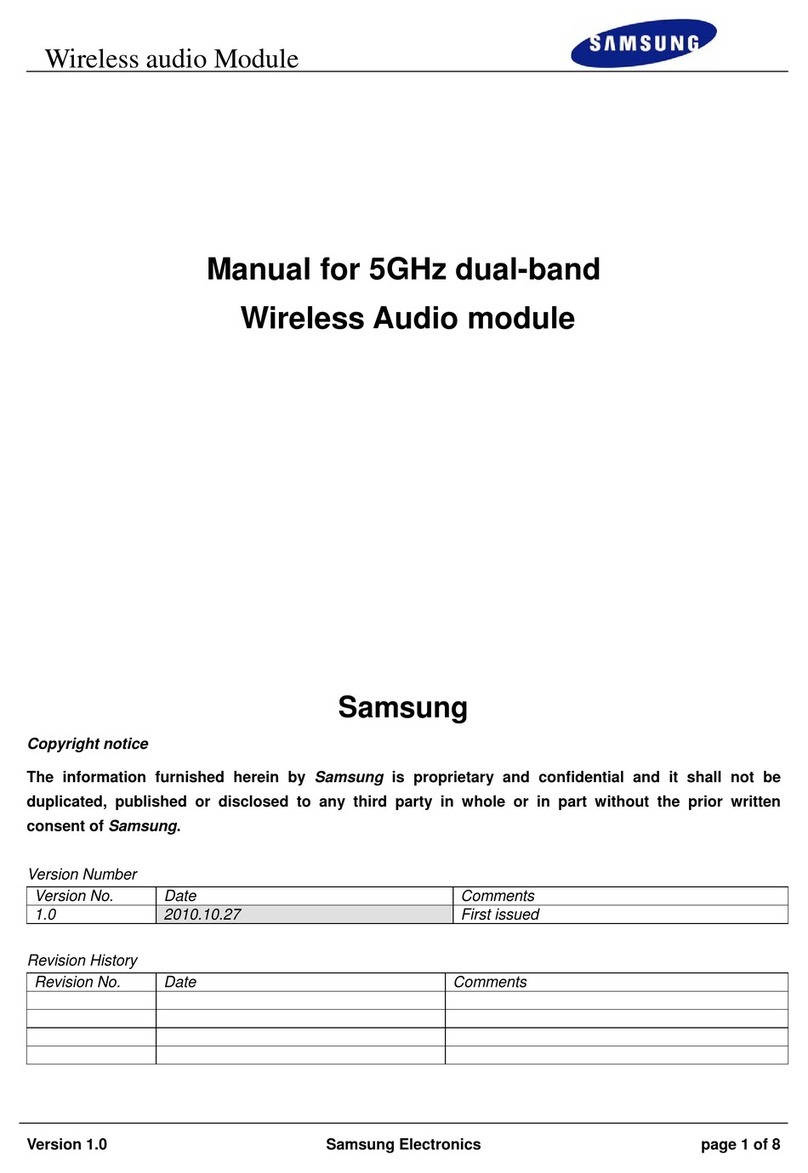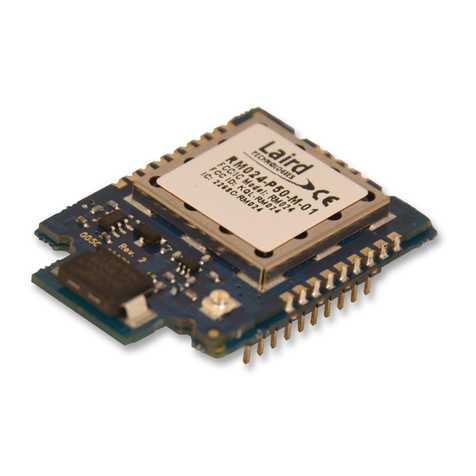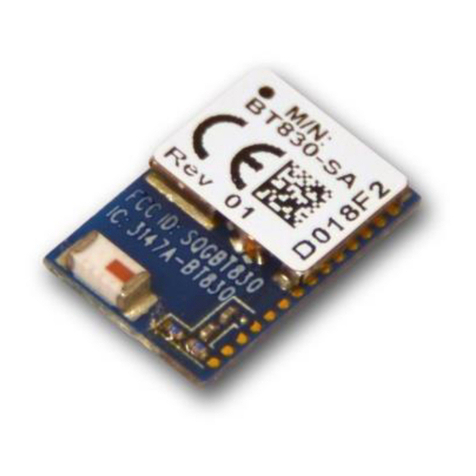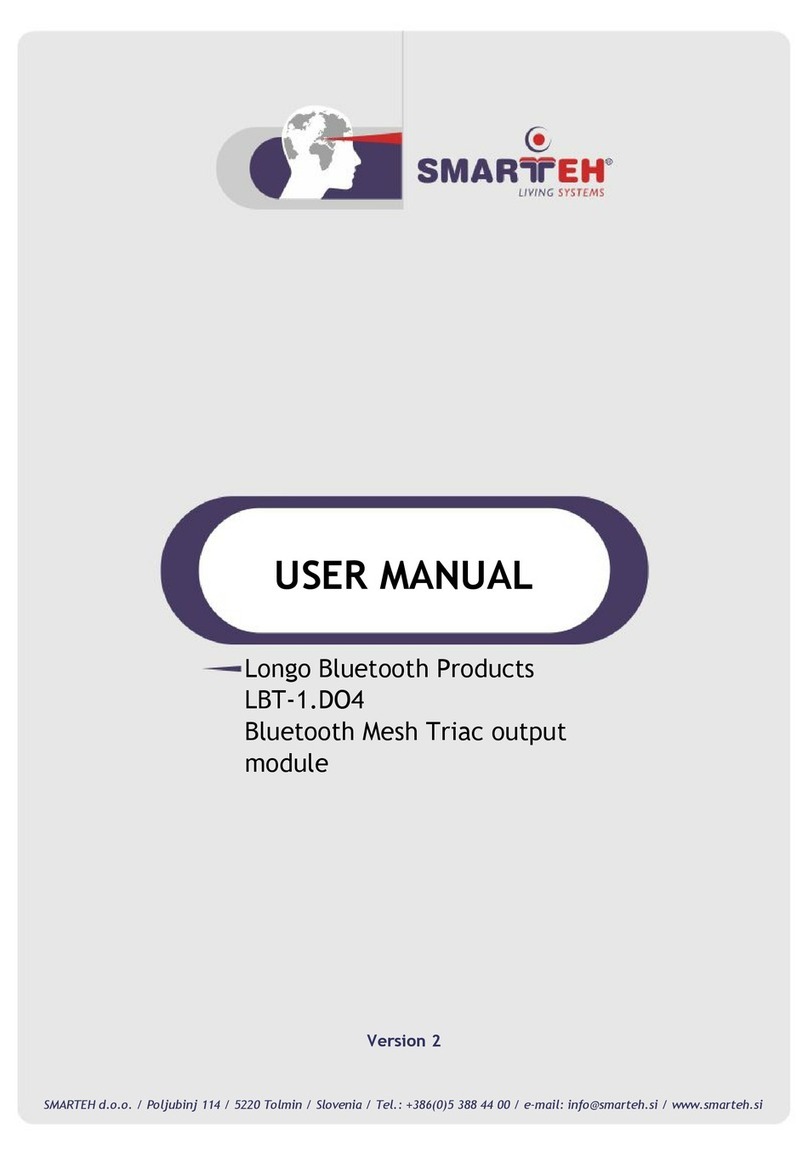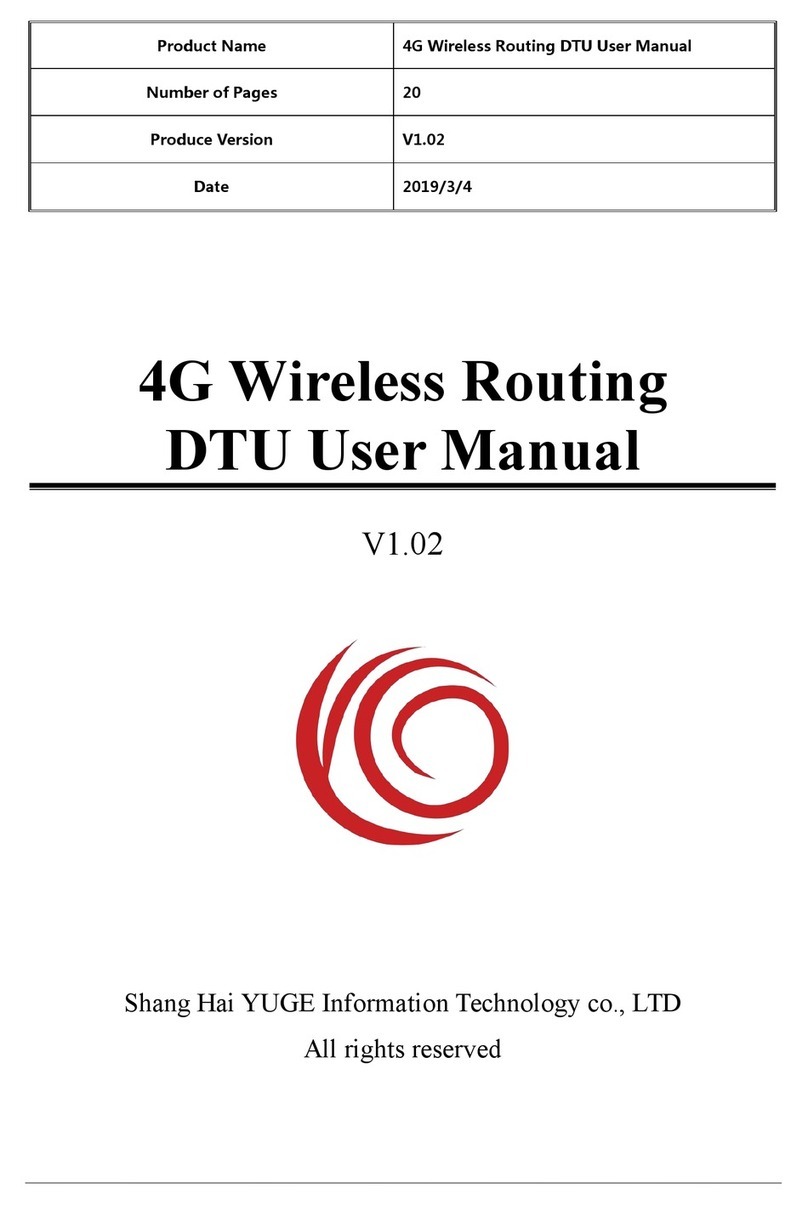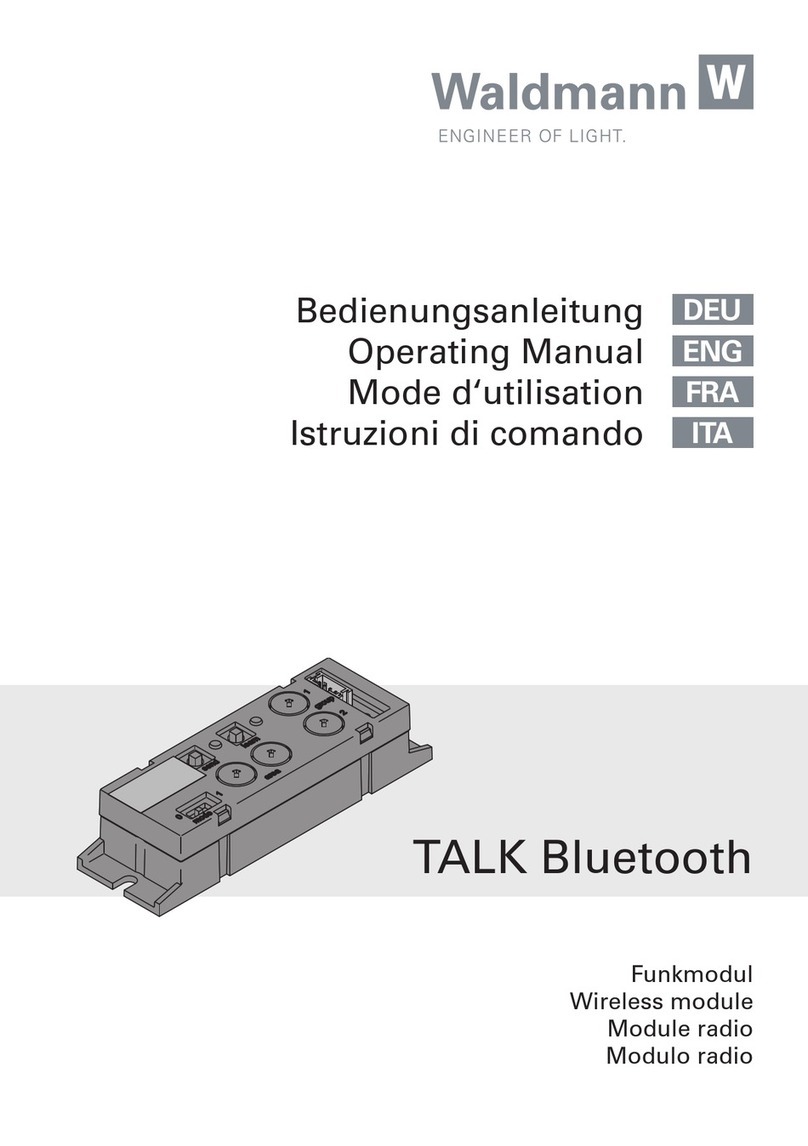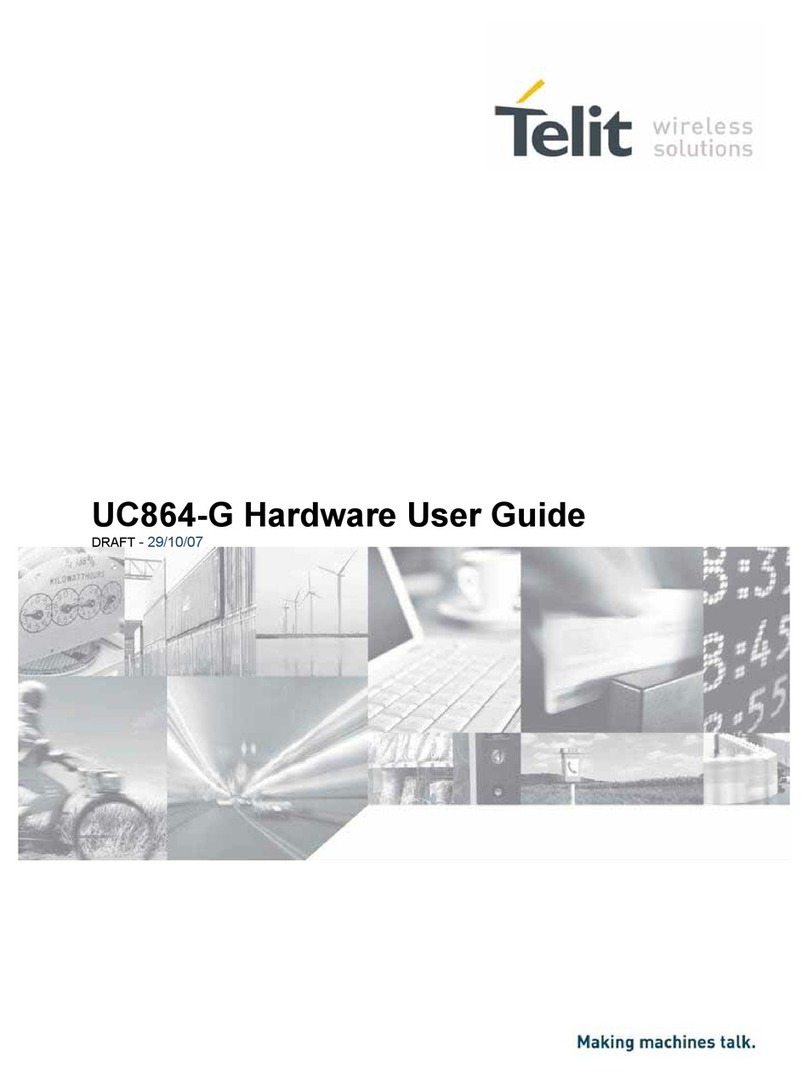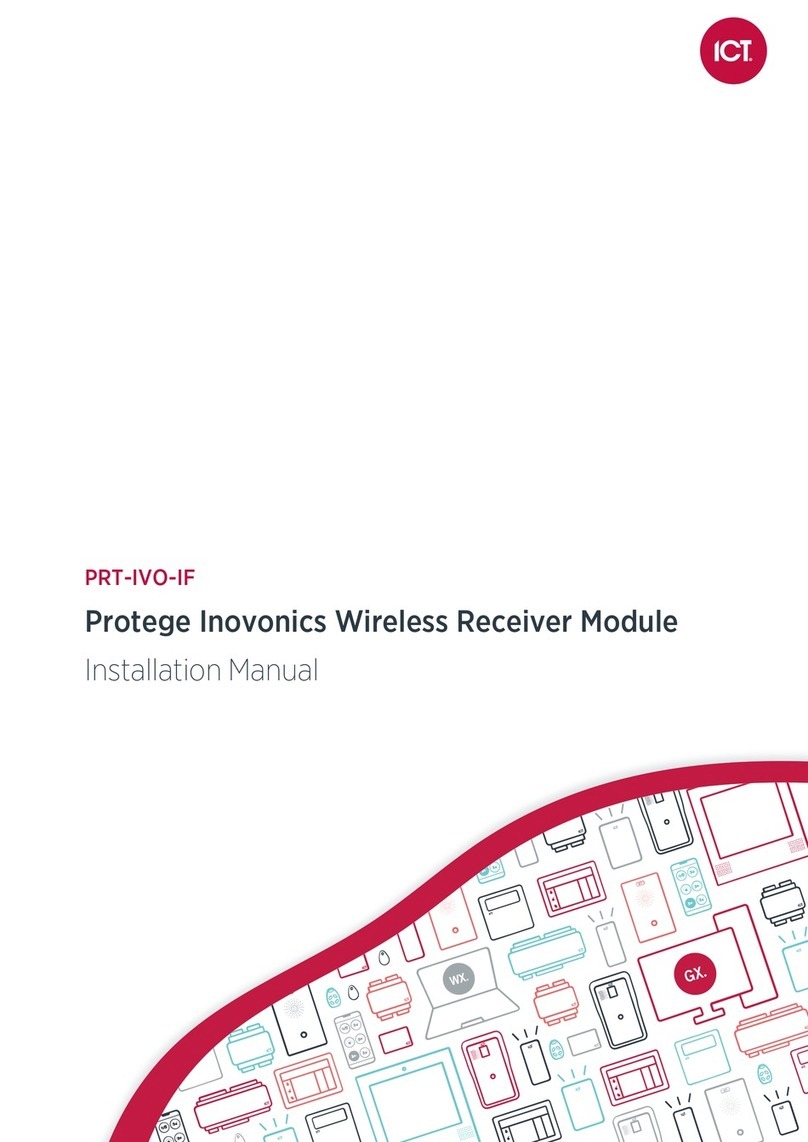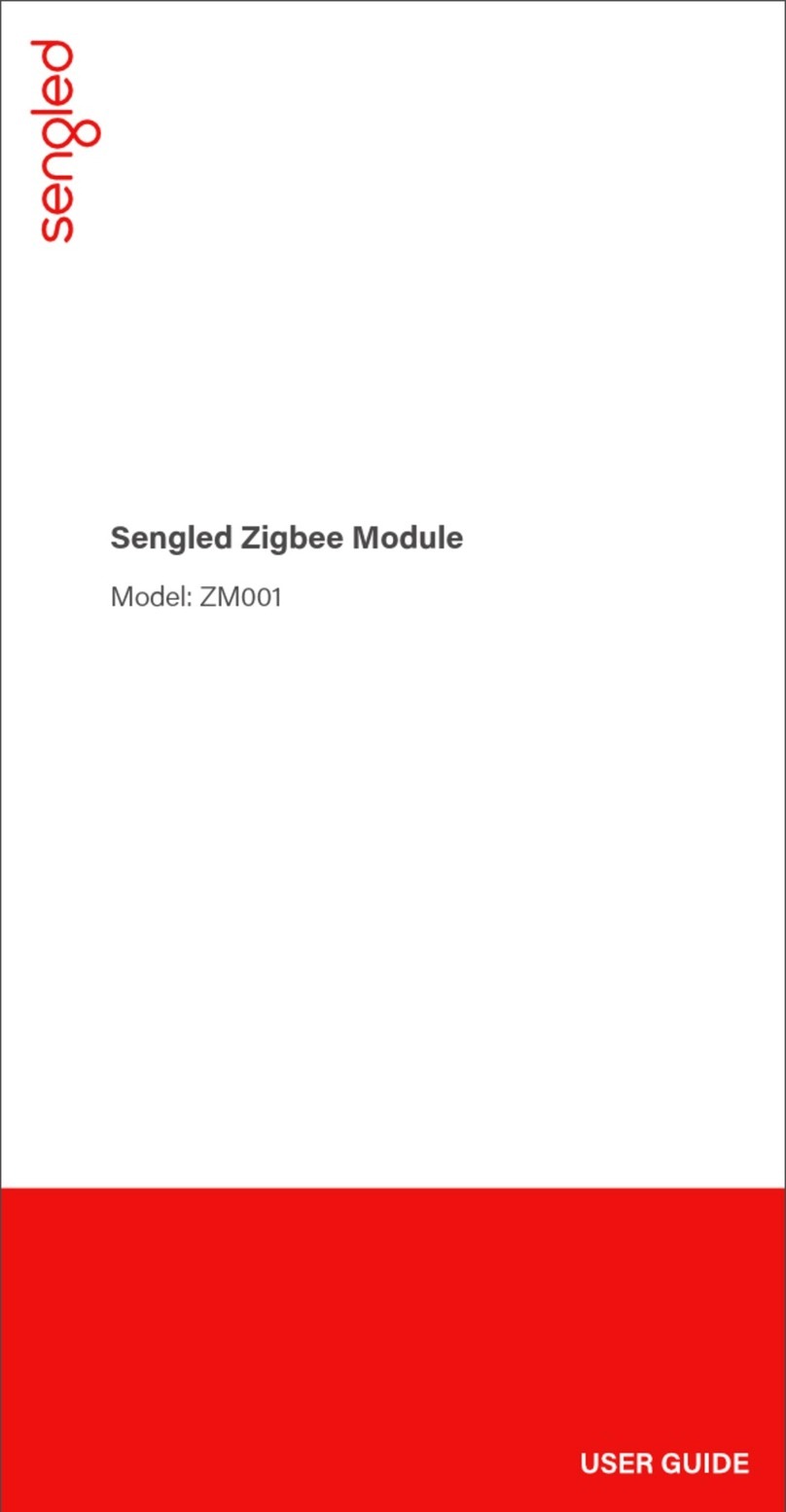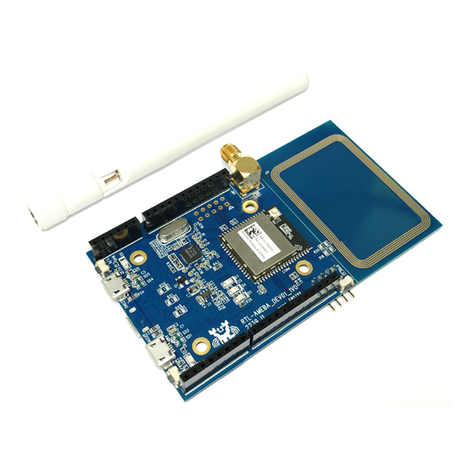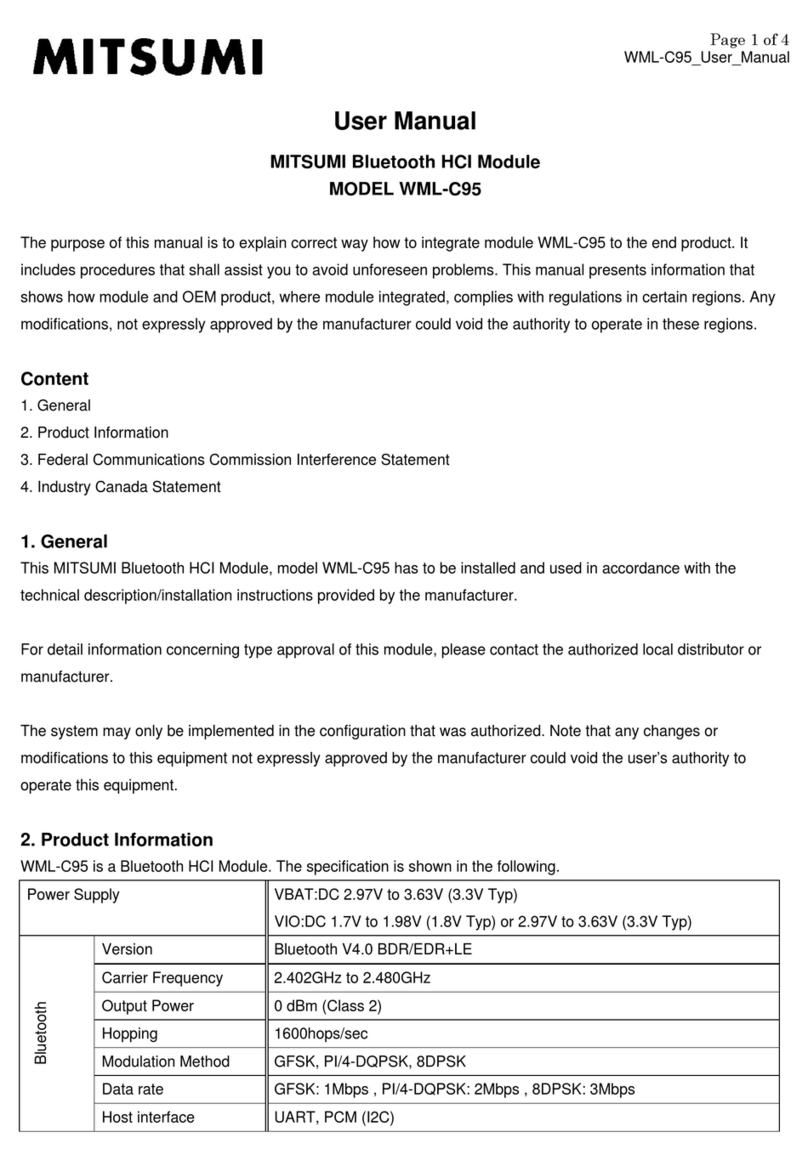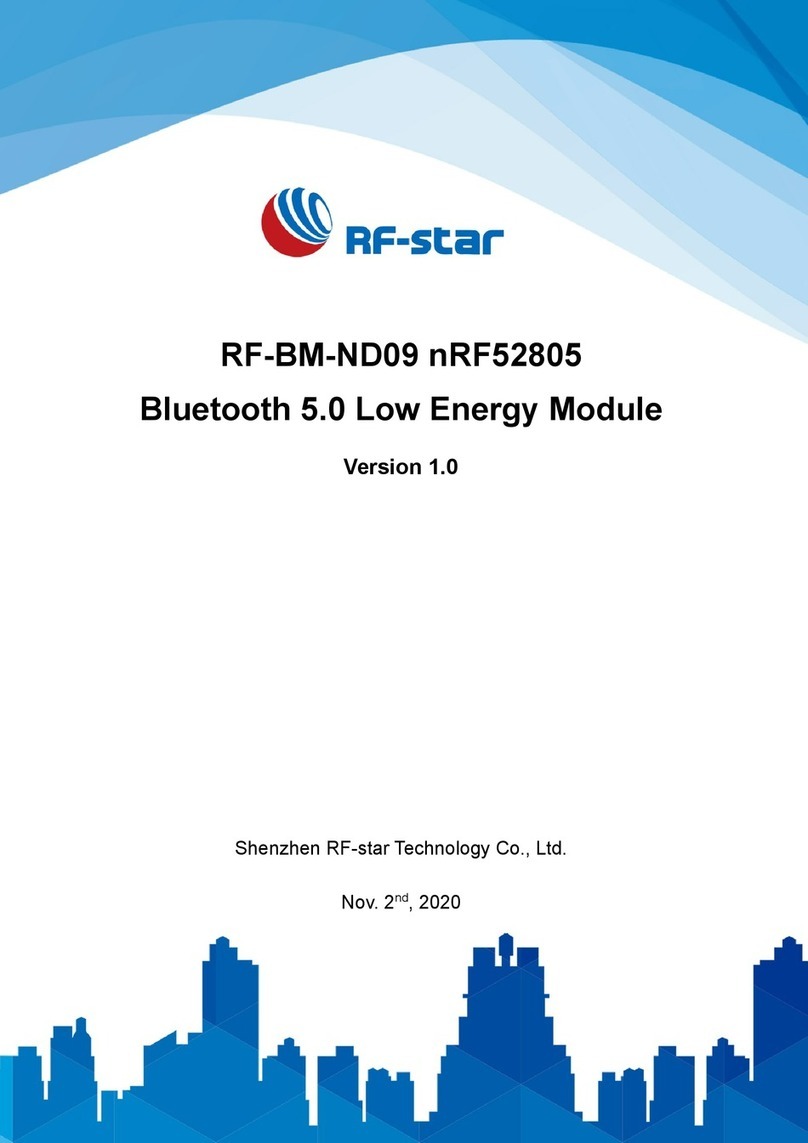
Chengdu Ebyte Electronic Technology Co,;Ltd E70-433TxxSx user manual
Copyright ©2012–2023,Chengdu Ebyte Electronic Technology Co,;Ltd 1
CONTENT
1. OVERVIEW ................................................................................................................................................3
1.1 INTRODUCTION ..................................................................................................................................... 3
1.2 FEATURES .................................................................................................................................................................................................3
2.SPECIFICATION AND PARAMETER ...................................................................................................... 4
2.1 LIMIT PARAMETER..................................................................................................................................................................................4
2.2 OPERATING PARAMETER ....................................................................................................................................................................... 4
3.DIMENSION/ PIN DEFINITION ................................................................................................................ 5
4 CONNECT TO MCU ................................................................................................................................. 12
5 FUNCTION DESCRIPTION ..................................................................................................................... 13
5.1 FIXED TRANSMISSION .........................................................................................................................................................................13
5.2 BROADCASTING TRANSMISSION .......................................................................................................................................................13
5.6.1 Indication of UART output
....................................................................................................................................................... 14
5.6.2 Indication of wireless transmitting
.........................................................................................................................................14
5.6.3 Configuration procedure of module
.......................................................................................................................................15
6. OPERATING MODE ................................................................................................................................15
6.1 MODE SWITCH ..................................................................................................................................................................................... 16
6.2 RSSI MODE (MODE 0).......................................................................................................................................................................17
6.3 CONTINUOUS MODE (MODE 1)........................................................................................................................................................17
6.4 SUB-PACKAGE MODE (MODE 2)...................................................................................................................................................... 18
6.5 CONFIGURATION MODE (MODE 3)..................................................................................................................................................19
6.6 WAKE-UP MODE (MODE 4)...............................................................................................................................................................19
6.7 CONFIGURATION MODE (MODE 5)..................................................................................................................................................19
6.8 POWER SAVING MODE (MODE 6)....................................................................................................................................................20
6.9 SLEEP MODE (MODE 7)..................................................................................................................................................................... 20
7.INSTRUCTION FORMAT ........................................................................................................................ 20
7.1 DEFAULT PARAMETER .........................................................................................................................................................................21
7.2 READING OPERATING PARAMETERS ................................................................................................................................................21
7.3 READING VERSION NUMBER ............................................................................................................................................................ 21
7.4 RESET INSTRUCTION ...........................................................................................................................................................................21
7.5 PARAMETER SETTING INSTRUCTION ...............................................................................................................................................22
8.PARAMETER SETTING .......................................................................................................................... 24
9.SECONDARY DEVELOPMENT .............................................................................................................. 24
9.1 DOWNLOAD PROGRAM ...................................................................................................................................................................... 29
10. HARDWARE DESIGN ........................................................................................................................... 29
11 FAQ ..........................................................................................................................................................30
11.1 COMMUNICATION RANGE IS TOO SHORT...................................................................................................................................... 30
11.2 MODULE IS EASY TO DAMAGE ........................................................................................................................................................30
11.3 BER(BIT ERROR RATE)IS HIGH .................................................................................................................................................... 31
12.PRODUCTION GUIDANCE ................................................................................................................... 31
12.1 REFLOW SOLDERING TEMPERATURE.............................................................................................................................................31
12.2 REFLOW SOLDERING CURVE ........................................................................................................................................................... 32
13.E70 SERIES ............................................................................................................................................. 32
14. ANTENNA GUIDANCE ..........................................................................................................................33
